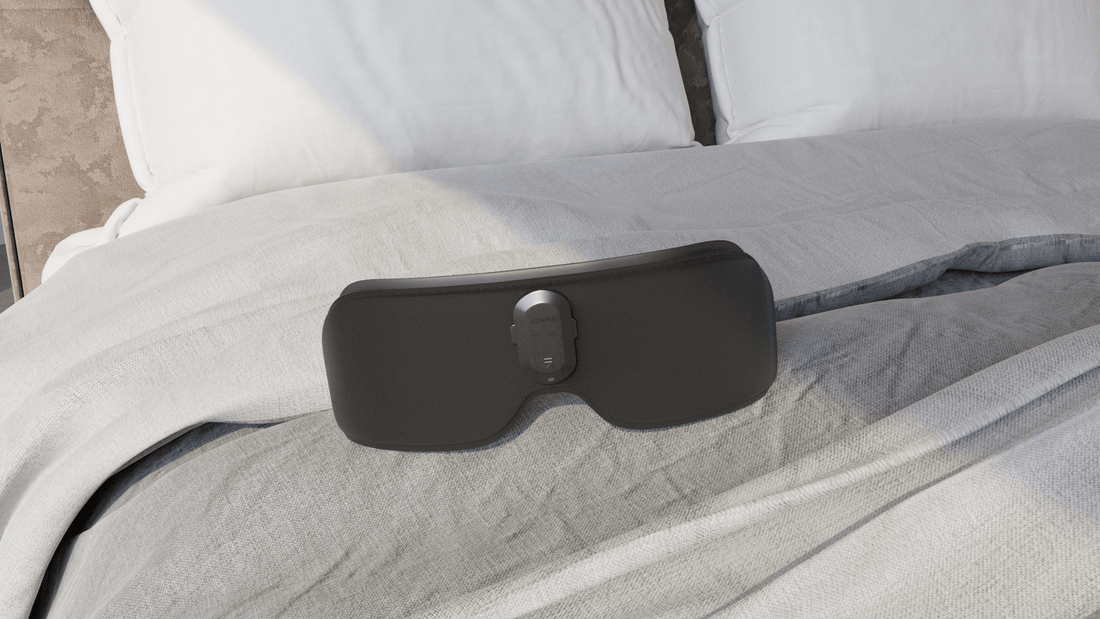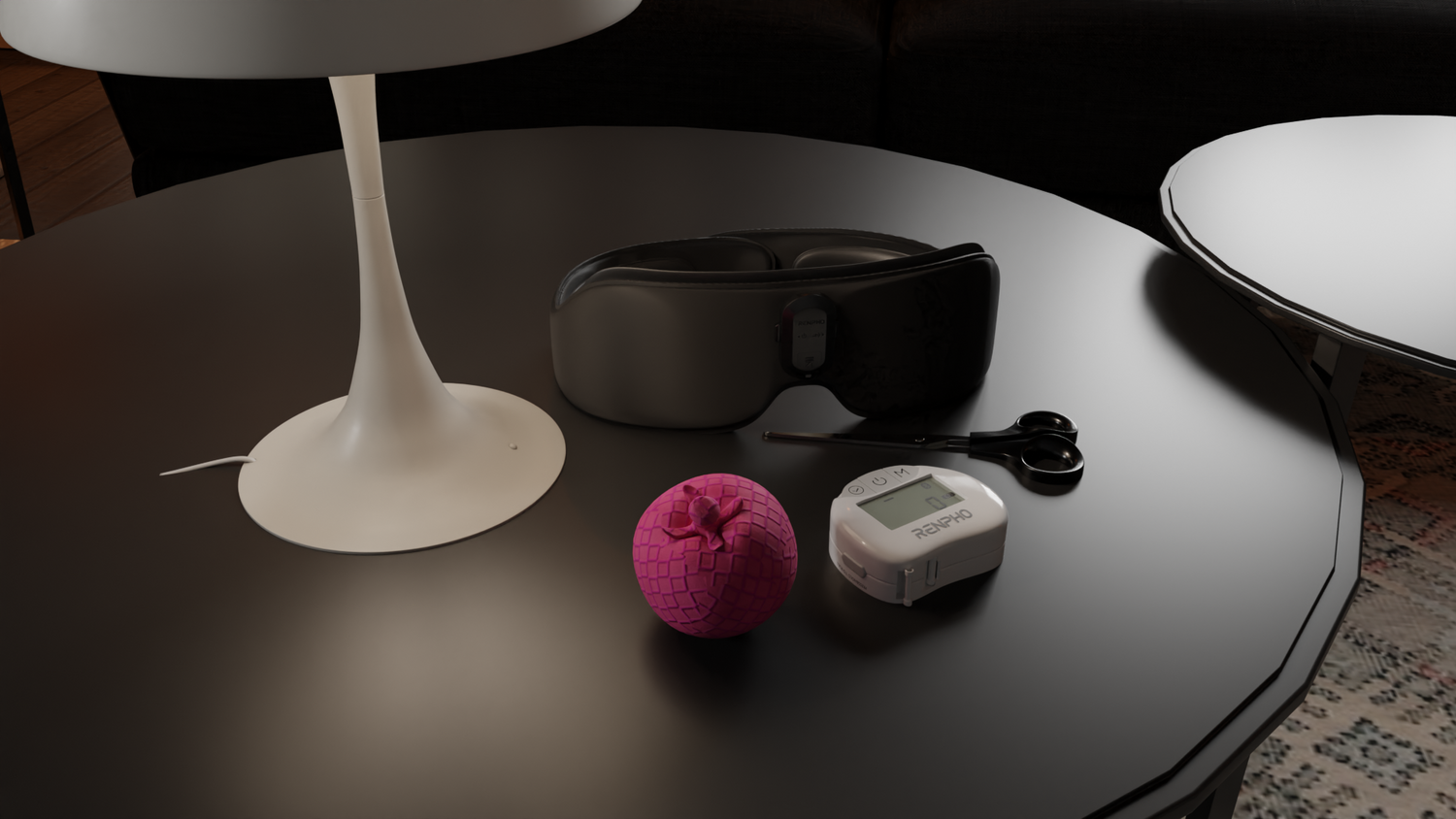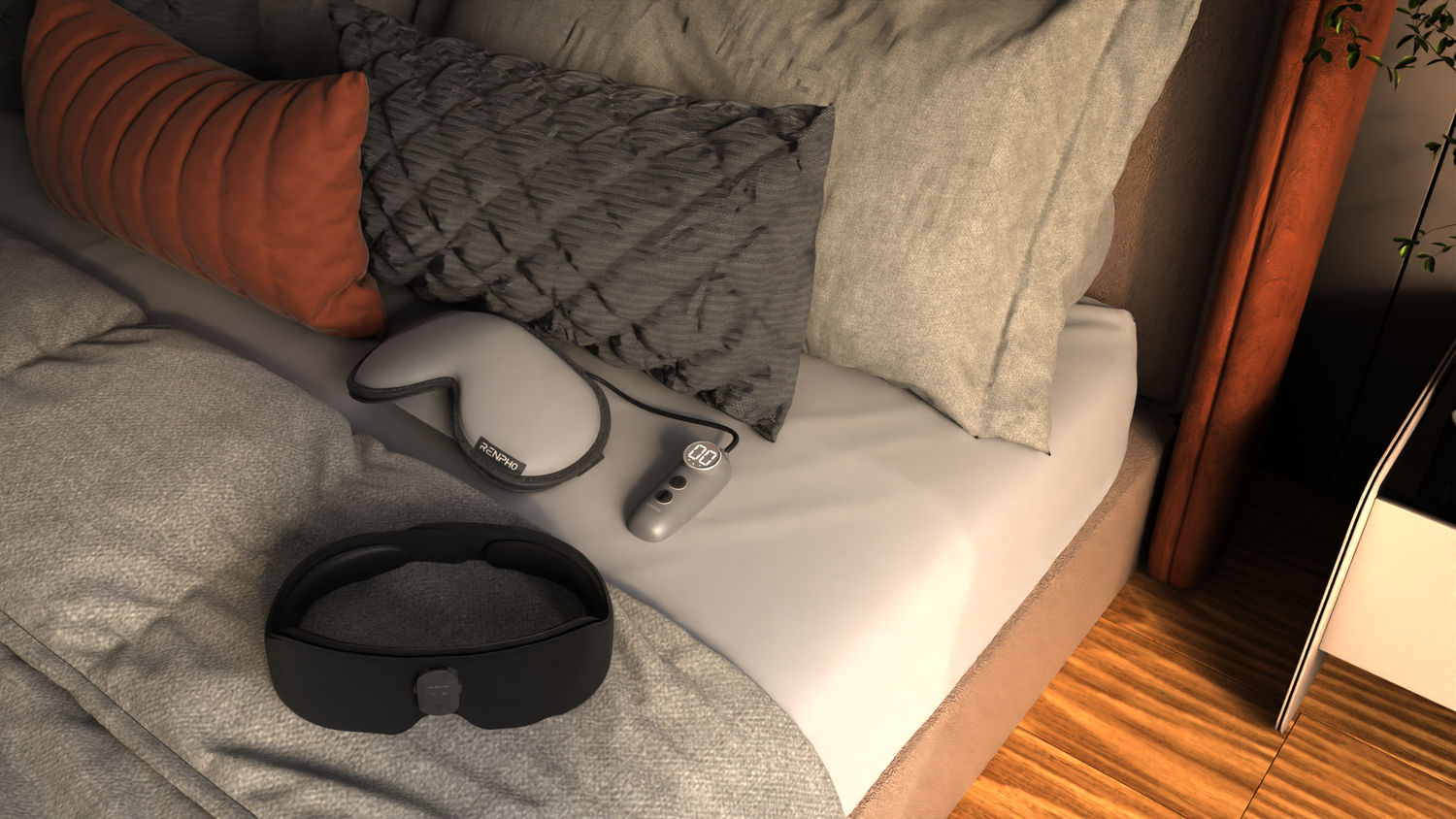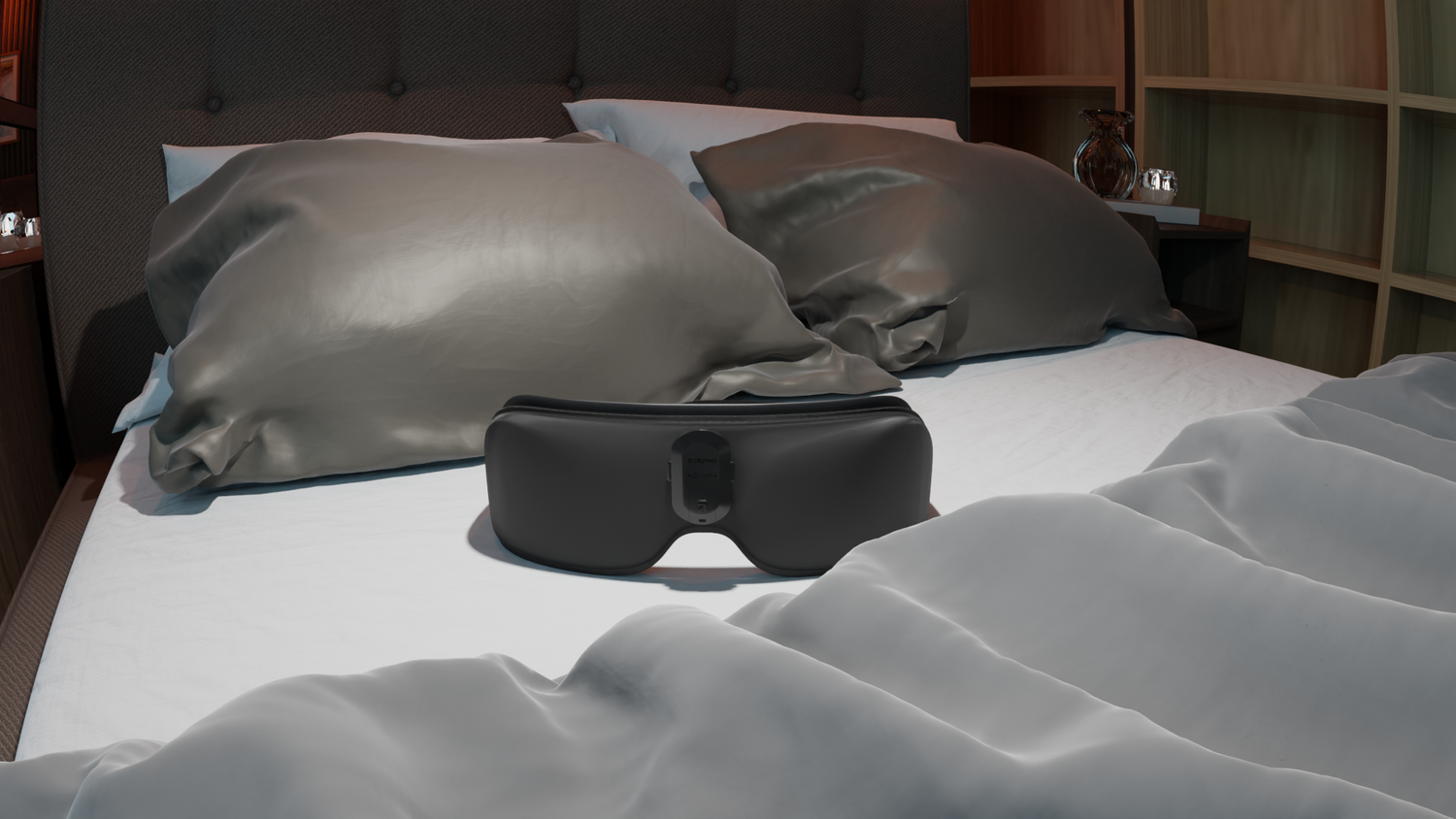Tears in Dreams: Unraveling the Mystery of Nocturnal Crying

Stay tuned to our latest news
Have you ever woken up with a damp pillow and a heavy heart, unsure of why you were crying in your sleep? Nocturnal crying, or crying while you sleep, is a phenomenon that intrigues and puzzles many. It’s a window into the complex interplay between our emotional state and the mysterious world of dreams.
Also known as sleep weeping, this concerning experience often leaves individuals feeling puzzled and wondering about the significance of these tears shed during an unconscious state. It is important to note that crying in sleep is a normal and natural occurrence. It can happen to anyone, regardless of age, gender, or background. And while it may be unsettling to wake up with tears streaming down your face, it is usually not a cause for alarm.
Tears in Dreams and Their Significance

Tears in dreams can often hold a significant meaning, as they are a reflection of our emotional state while we are asleep. Many people have experienced crying in their sleep at some point, and it is believed to be a way for our subconscious mind to process and release emotions that we may not be fully aware of when we are awake.
The act of crying in sleep can be a powerful and cathartic experience, as it allows us to express pent-up emotions that we may not feel comfortable confronting in our waking life. It can also serve as a release valve for stress and anxiety, allowing us to process and let go of any negative emotions that may be weighing us down.
In some cases, tears in dreams can also be a symbolic representation of grief or sadness that we may be experiencing in our waking life. It may be a way for our subconscious to bring these emotions to the surface and allow us to work through them in a safe and non-threatening environment.
Importance of Understanding Emotional Responses in Dreams

Dreams can be a mysterious and confusing aspect of sleep. Many people experience nightmares, lucid dreams, or even crying in sleep. These emotional responses in dreams can leave individuals feeling anxious or unsettled upon waking. It is important to understand these emotional responses and their significance in order to gain a deeper understanding of our subconscious mind.
Crying in sleep, for example, can be a startling experience. It may indicate unresolved emotions or stress in our waking life that is manifesting itself in our dreams. It is crucial to explore the underlying causes of these emotional responses in order to address any underlying issues. Ignoring or dismissing these emotional responses can lead to persistent anxiety or a sense of unease.
Moreover, dreams often serve as a way for our subconscious mind to process and make sense of our emotions. By paying attention to our emotional responses in dreams, we can gain valuable insights into our innermost feelings and fears. Dreams can provide a window into our deepest thoughts and desires, allowing us to explore and understand our emotional landscape on a profound level.
Understanding emotional responses in dreams can also be a powerful tool for personal growth and healing. Once we are aware of the emotions that surface in our dreams, we can work towards resolving any underlying issues in our waking life. This can lead to a sense of empowerment and self-discovery as we navigate through our emotions and experiences.
Exploring Pent-up Emotions

Pent-up emotions can be a heavy burden to bear, affecting one's mental and emotional well-being. When we suppress our feelings, it can lead to a build-up of stress and tension, potentially causing harmful effects on our health. It's like a pressure cooker – if we don't release the steam, eventually it will explode.
Many people may find themselves crying in their sleep as a result of pent-up emotions. During the day, when we are busy with work, family, and other responsibilities, we often push aside our feelings in order to carry on with our daily routines. However, these emotions don't simply disappear – they linger and manifest themselves in various ways, including during our sleep.
Exploring pent-up emotions is a crucial step in maintaining mental and emotional well-being. It's important to create a safe space where one can feel comfortable expressing their emotions, whether it be through talking to a trusted friend or therapist, writing in a journal, or engaging in activities that allow for emotional release such as art or exercise.
By acknowledging and processing our pent-up emotions, we can prevent them from bubbling over and causing unnecessary distress. It's crucial to remember that it is okay to feel and express emotions, and seeking support from others is a sign of strength, not weakness. Allowing ourselves to experience and release our emotions can lead to a sense of relief and emotional healing.
How Pent-up Emotions Manifest in Dreams Through Crying

Pent-up emotions can have a powerful impact on our mental and emotional well-being. When we suppress our feelings during our waking hours, these emotions often find a way to manifest themselves in our dreams. One common way that pent-up emotions manifest in dreams is through crying in sleep.
Many people have experienced the phenomenon of crying in their sleep, often waking up feeling as though they had been sobbing uncontrollably. This intense emotional release during sleep can be a signal that there are unresolved feelings that need to be addressed.
In our dreams, our subconscious mind can work through the emotions and experiences that we have pushed aside during our waking hours. Crying in sleep can be a way for our minds to process and release the pent-up emotions that we have been holding onto.
It's important to pay attention to these dreams and the emotions they bring to the surface. Instead of dismissing them as merely a side effect of a stressful day, they can serve as a valuable insight into our emotional state. By acknowledging and addressing these feelings during our waking hours, we can begin to work through the emotions that have been weighing us down.
Therapy and self-reflection can be powerful tools for understanding and processing our pent-up emotions. By speaking with a therapist or taking time to journal and reflect on our feelings, we can begin to unpack the emotions that have been causing us distress.
Ignoring our pent-up emotions only perpetuates the cycle of emotional suppression and can lead to negative impacts on our mental and physical well-being. By recognizing and addressing our feelings, we can work towards a healthier, more balanced emotional state.
The Release of Suppressed Feelings During Sleep

The human mind is a complex and intricate system that constantly processes emotions, thoughts, and experiences. Sometimes, however, it can be challenging to express and deal with all of these feelings during waking hours. This can lead to the suppression of emotions, which often find a way to manifest themselves, even when we are asleep.
Crying in sleep is one such manifestation of suppressed emotions. When we are unable to fully process and release our feelings during the day, they can come to the surface while we sleep. This can be a powerful and cathartic experience, allowing us to release emotions that have been bottled up inside.
During sleep, our minds are free from the distractions and pressures of the outside world, and this can provide a safe space for our suppressed feelings to emerge. This release can be a crucial part of emotional processing and can lead to a sense of relief and lightness upon waking.
It is important to recognize the significance of crying in sleep and to understand that it is a natural and healthy way for the mind to process and release pent-up emotions. Rather than seeing it as a sign of weakness or vulnerability, it should be viewed as a necessary and valuable part of emotional well-being.
In some cases, crying in sleep may be a sign of unresolved trauma or deep-seated emotional issues, and it is important to seek professional help if this is the case. However, for many people, it is simply a natural part of the human experience and a way for our minds to take care of themselves.
How Emotional Responses Can Be Heightened During Sleep

The state of sleep is often considered a time of rest and relaxation, but it is also a period during which emotional responses can be heightened. This can manifest in a variety of ways, including crying in sleep.
During sleep, the brain experiences a decrease in activity in the prefrontal cortex, which is responsible for regulating emotions. At the same time, the amygdala, the part of the brain involved in processing emotions, remains active. This imbalance in brain activity can lead to heightened emotional responses during sleep.
Research has shown that emotional experiences during waking hours can influence dreams and emotional processing during sleep. This means that events or fears that happened during the day can be processed, sometimes resulting in emotional reactions such as crying in sleep.
Furthermore, individuals who are dealing with stress, anxiety, or depression during their waking hours may be more prone to experiencing heightened emotional responses during sleep. This can manifest as nightmares, night terrors, or even crying in sleep.
@socialsbyroshi Replying to @RENPHO Instead of wasting $1000s of dollars starting taking care of your eyes everyday. This will massage your temples, eyelids, sinuses and your under eyes. Get this from TikTok Shop for only $65 and never suffer from Eye Strain and Migranes ever. #tiktokshop #tiktokshopdeals #tiktokshopfyp #tiktokshopsale #renpho #renphoeyemassager #eyemassagerwithheat #renphomassagerwithheat #migranerelief #dryeyesrelief ♬ Show Me How - Men I Trust
The RENPHO Eyeris 1 is an innovative eye massager designed to alleviate eye strain, reduce puffiness, and promote better sleep. With features like soothing compression massage, gentle heat therapy, and rhythmic percussion massaging, it targets critical acupoints around the eyes to relax tension. This relaxation can be particularly beneficial for those experiencing nocturnal crying, as it may help soothe the emotional and physical stress that contributes to this condition.
By incorporating the Eyeris 1 into a nightly routine, individuals may find a decrease in stress levels and an improvement in sleep quality. The device’s heat therapy provides a comfortable temperature that aids in relaxation, while the Bluetooth music feature offers a sedative effect, potentially reducing the likelihood of crying during sleep.
It’s important to note that crying in sleep can be a normal part of emotional processing and is not necessarily a cause for concern. However, if it becomes a frequent occurrence and is disrupting the quality of sleep, it may be a sign of an underlying emotional or psychological issue that should be addressed with the help of a professional.
Renpho Health Tips
-

5 Ways Sleep Masks Enhance Self-Care and Well-Being
February 27, 2024
Read more >
-

DIY Sleep Solutions: How to Make a Sleep Mask for a Good Night's Sleep
February 8, 2024
Read more >
-

The Science of Beauty Sleep: Understanding the Purpose of Sleeping Masks
February 5, 2024
Read more >
-

Protecting Your Eyes: Do Sleep Masks Really Cause Dry Eyes?
February 13, 2024
Read more >
-

3 Possible Reasons Why Your Sleep Mask Keeps Falling Off
February 8, 2024
Read more >





